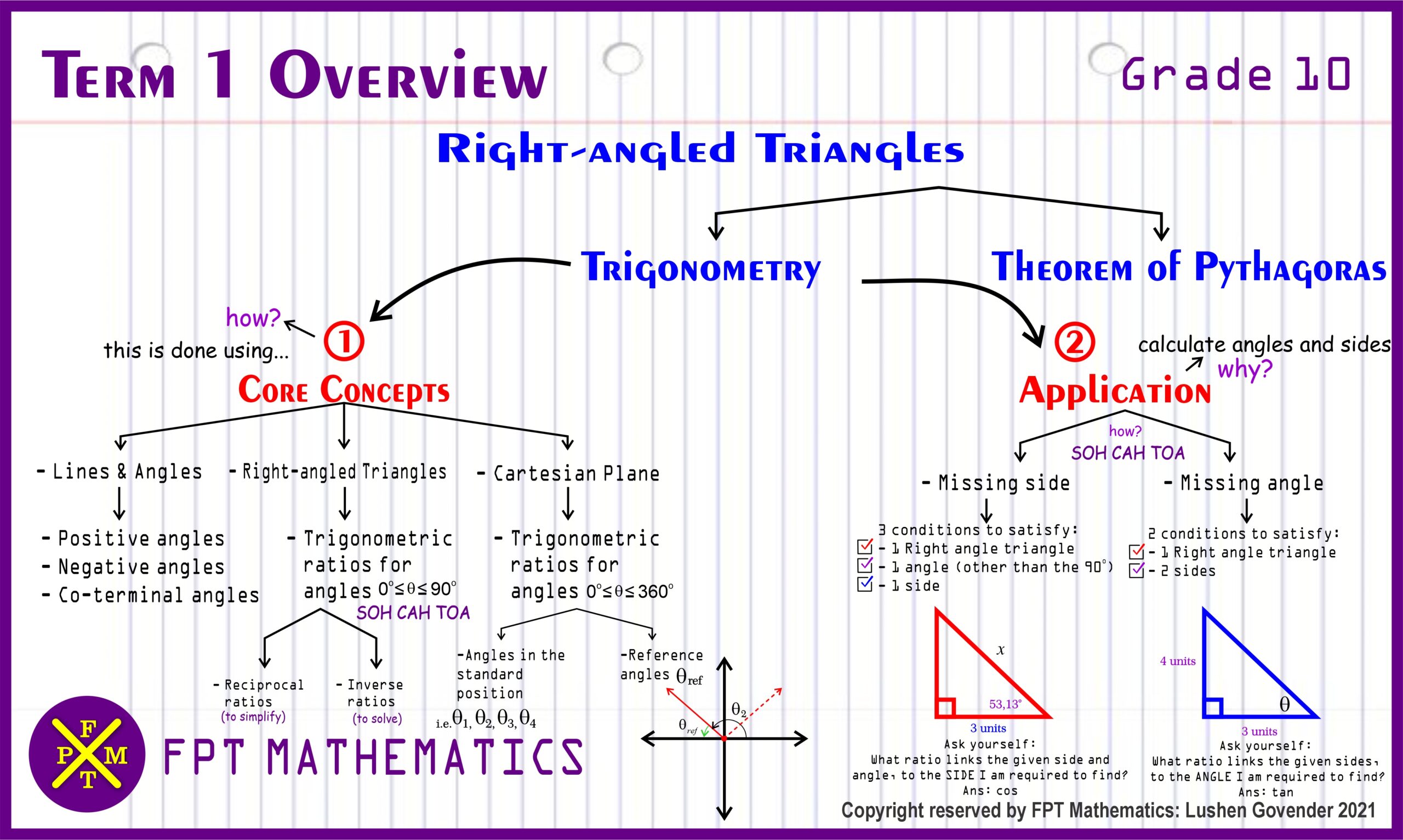Trigonometry

Course Content
Trigonometry
-
Introduction
-
Positive, Negative, Co-terminal Angles
-
Trigonometric Ratios
-
Calculator Skills
-
Special Angles
-
Using trigonometric ratios to solve for missing side and missing angles
-
Practice Questions
-
Defining trigonometric ratios on the cartesian plane
-
Practice Questions
-
Reference Angles
Student Ratings & Reviews

No Review Yet